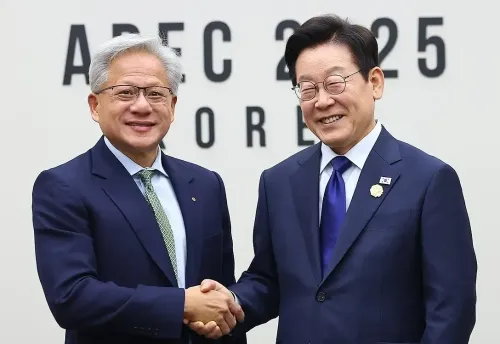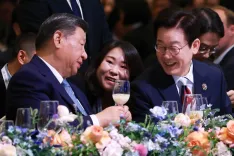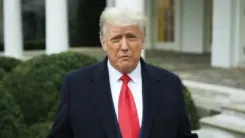India's Development Model: A Blueprint for Other Nations, Says CEA Nageswaran

Synopsis
Key Takeaways
- India's democratic and federal model can inspire other nations.
- The Viksit Bharat vision aims to elevate India to a $13 trillion economy.
- Collaboration among nations is pivotal in today's global landscape.
- Partnerships should focus on shared interests, overlooking differences.
- India's role as a trading partner is growing, especially with South Africa.
Johannesburg, Feb 27 (NationPress) India's developmental trajectory within a democratic and federal framework presents a potential template for other countries, as stated by Dr. V. Anantha Nageswaran, the Chief Economic Advisor (CEA) to the Indian government.
During a seminar attended by business leaders from South Africa and India, Nageswaran remarked, "India is the most populous nation striving to evolve into a developed country while adhering to a democratic governance model and a federal structure. Thus, the lessons learned from India's experiences can serve as invaluable templates for many nations, including South Africa."
Nageswaran elaborated on the Viksit Bharat vision, aimed at transforming India from a $3 trillion to a $13 trillion economy over the next 25 years. He underscored that India is laying the foundation for progress through infrastructure development, deregulation, and investments in education.
"Ultimately, while we set economic objectives, we must acknowledge that various external factors will influence the outcomes. However, we can control our efforts towards achieving Viksit Bharat," he stated.
"The results may be affected by global dynamics, but the Government of India has been implementing essential measures over the past decade and will maintain this trajectory in the upcoming decade to reach Viksit Bharat," he added.
Nageswaran also stressed the importance of adopting a new approach to international partnerships in the evolving global landscape.
"Never has it been more crucial for nations to rely on each other since World War II. We must remain open-minded and adaptable. We cannot afford to be selective and must instead adopt an opportunistic stance in forming partnerships, given the current global uncertainties," he pointed out.
"This does not imply abandoning our principles or focusing solely on convenience; rather, it's about being inventive in our collaborations and identifying shared interests while deferring our differences to a later time," Nageswaran noted.
Saki Zamxaka from South Africa's Gauteng Growth and Development Agency emphasized the potential for collaboration with India, particularly in mineral resources and skill development for pharmaceuticals and medical equipment manufacturing.
"As we enhance our mineral beneficiation, we can export minerals essential for India's growth, which presents a significant opportunity," he stated.
Zamxaka also mentioned that Indian enterprises in South Africa could facilitate organic growth through skill development.
"With India being a vast and influential economy, its collaboration with South Africa will be crucial—not in opposition to anyone but rather for mutual benefit," he added.
According to India's High Commissioner Prabhat Kumar, India is currently South Africa's third-largest trading partner, trailing behind China and the US, but is on track to move up to the second position.
"Germany and India are competing for that spot. While China is a dominant player, we could realistically become number two in both exports and imports in the near future," he concluded.









